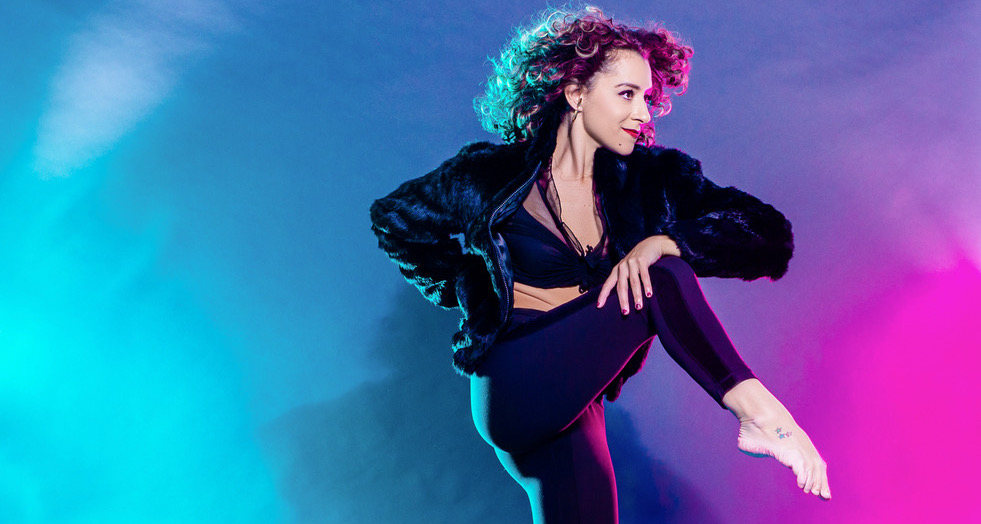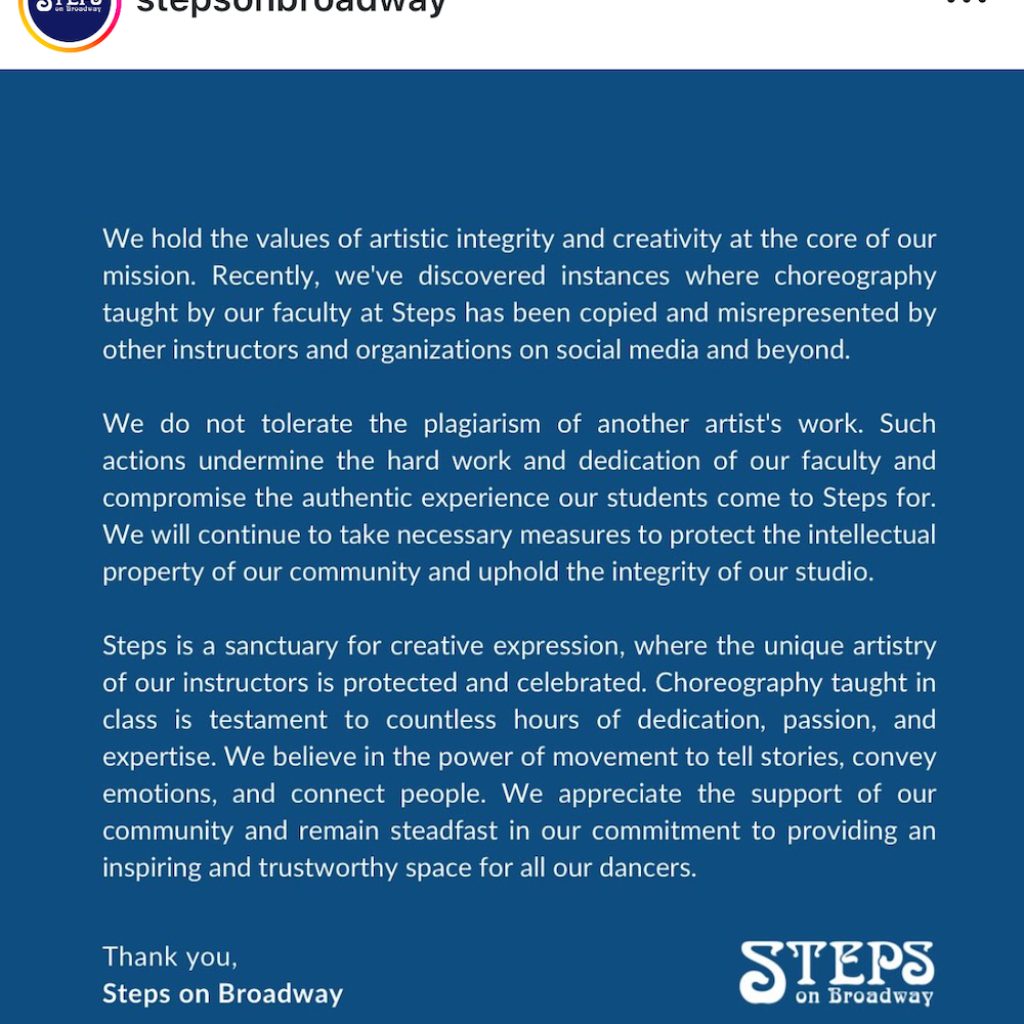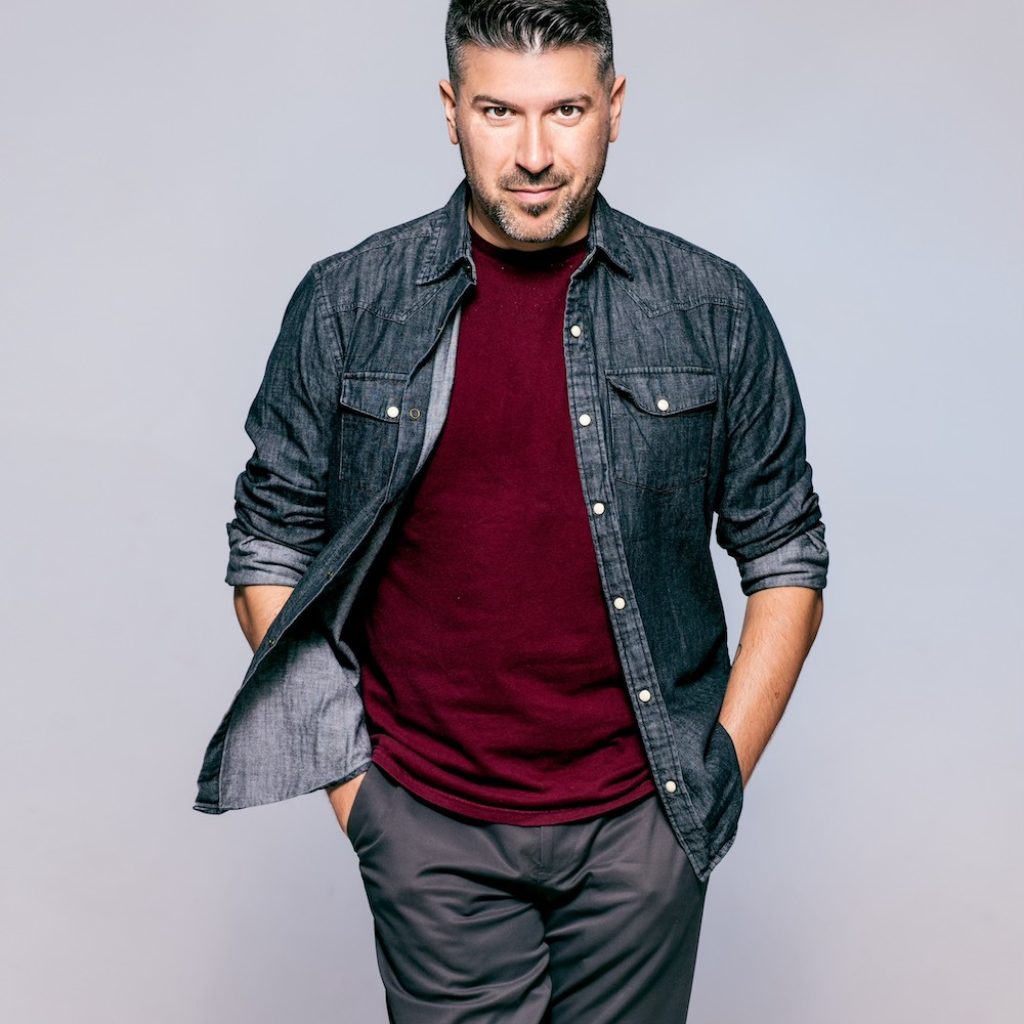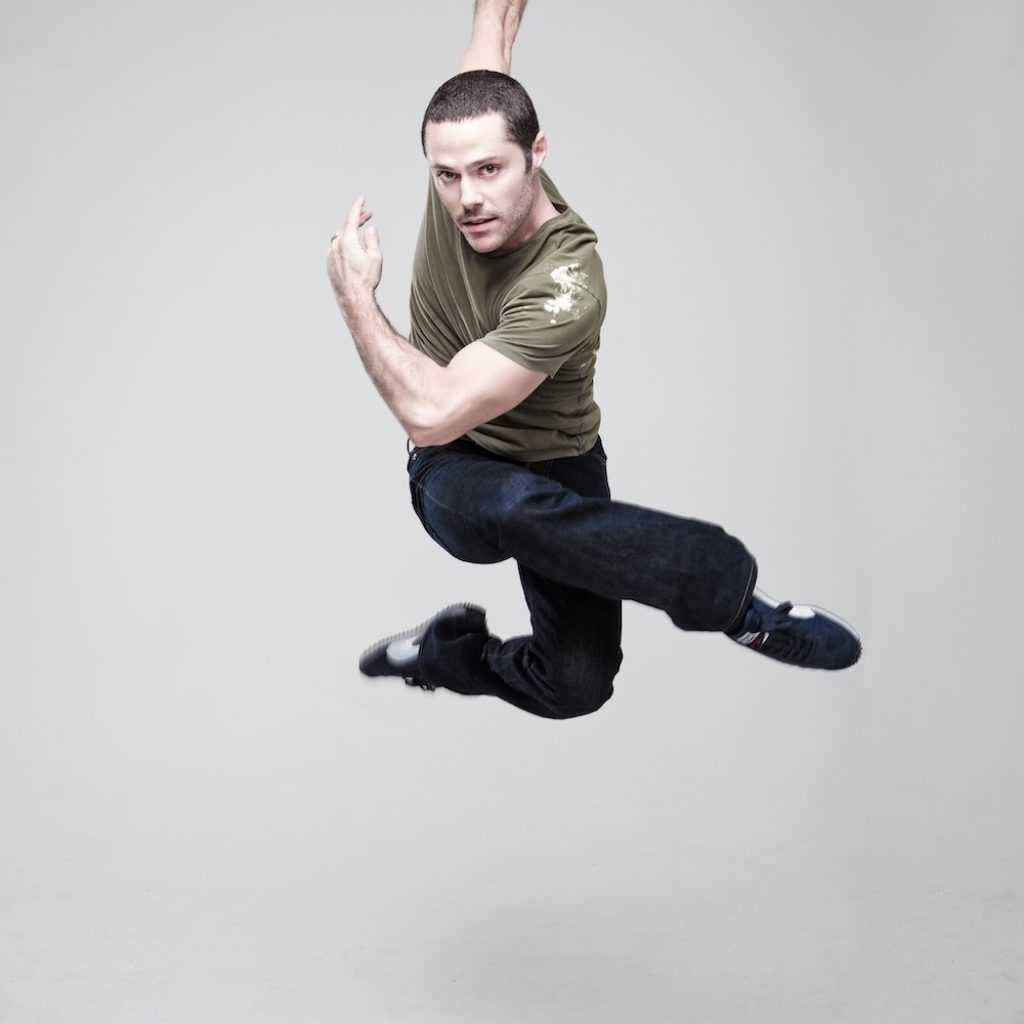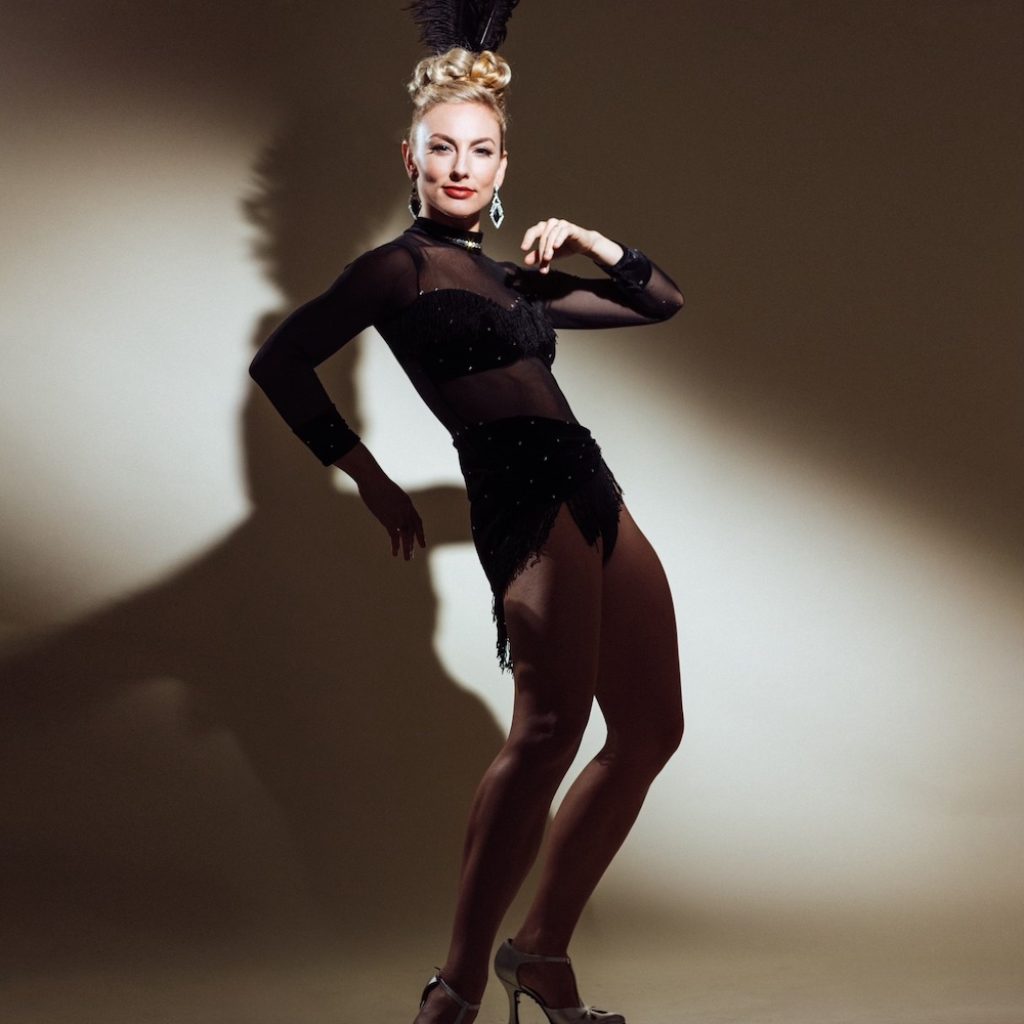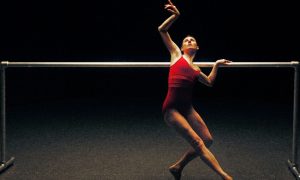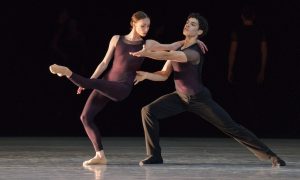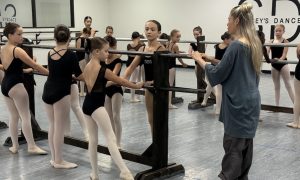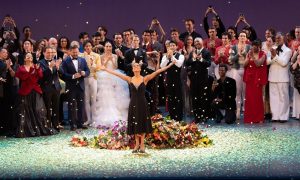Plagiarism reared its ugly head in the theater dance world in recent months, as Courtney Ortiz and several other choreographers discovered their work was stolen and is being taught in classes in Spain and (to a lesser degree) Mexico at for-profit studios, with step-for-step accuracy. The allegations came to light when Ortiz posted a side-by-side video of one of her dances being taught by a studio owner in Spain. Ortiz was not only not credited for the choreography, but the studio owner claimed they created it by stating “choreography by” and using the brain emoji followed by their name. Ortiz says she also received messages from students at the Spanish studio who said they were told their studio owner had created the dances. The other choreographers affected are Joshua Bergasse, Richard J. Hinds, Sarah Meahl, Billy Griffin, Karla Puno Garcia, Sophie Holloway and John Leggio.
With dance, copyright is a tricky path to navigate, and it’s even more murky given the international element at play in this instance. The studio owner’s Instagram (both personal and the studio accounts) are now private with no option to message. They posted a now deleted apology, but according to those who saw it, they allegedly only took accountability for poaching the one dance, not for the myriad they allegedly used over the years from the choreographers above that are now part of their for-profit teaching repertoire, and claimed it was a form of flattery – not theft of intellectual property.
With any art, borrowing, paying homage and learning the classics occur all the time – and in most cases are welcome expansions to the original work. Many of the choreographers involved in this scenario stated they would happily have given permission to teach the dances, and even offer help…had they been asked.
Richard J. Hinds shares, “When you put your intellectual property online, you are vulnerable to these types of things happening. What people don’t understand is that we’re actually not commenting on the fact that somebody has reproduced our choreography. It’s the fact that they are claiming it to be their own.” Hinds’ work was replicated both in Spain and also in Mexico City.
As educators, they also see it as a disservice to dance students. Dance training is more than just learning how to execute steps well. It’s also an education is artistic history and artistic ethics, states Joshua Bergasse.
“It goes against everything that dance is as an art form, principles of dance education and the integrity of what we teach our students,” he says. “You know, we have to teach them the lineage of dance and have to teach them you can’t steal dance. You can’t steal anything in life. Being a dance student is about values.”
The pursuit of art is a sensitive one for any genre, as it requires artists to be emotionally vulnerable but also savvy in business. Particularly in the U.S., with limited governmental support for the arts, anyone making a living from art overcomes many hurdles to make the work pay the bills. Having that work stolen for profit not only cuts into the victim’s potential earnings but also serves as an emotional purloining.
Sarah Meahl says, “An extraordinary amount of hard work goes into every piece of my choreography. From choosing and cutting the music, coming up with a full story for it, to the hours/days in front of a mirror making the movement, I don’t walk out of the studio or present a dance until I’m proud of my work. It’s physical and mental labor, and truly a labor of love. Each dance I create is my intellectual property. Each dance is an extension of my soul. I am lucky enough to get to make a career this way; it’s my livelihood. It pays my bills. It is sad to me to think that this extension of my soul was also paying some other guy’s bills.”
When Ortiz discovered her work was being taught at a studio in Madrid, both in the actual studio and via a YouTube subscription service, she was confused because she had never heard of the studio or the dancer/studio owner and they do not follow her on Instagram. Nonetheless, after her post gained traction, she did some digging and learned that the culprit has been using her work since 2022.
“I create these combinations for training purposes in studio spaces,” Ortiz explains. “I try to give to the students a little bit of the styles I’ve learned through all my years of my professional career and training. I’m flattered that people enjoy what I’ve created, but it’s meant for me to teach. They have a whole online platform with a paywall monthly subscription for people to join his subscription and learn Broadway jazz online. You can access a whole library of tutorial videos that break down these combinations with no credit to any of the choreographers. Watching them teach my choreography, step by step, from beginning to end – not even starting it halfway through, or even changing a part of the music. It’s just crazy that they thought that they could get away with something like that and that this was appropriate.”
There is little legal recourse available, but all the choreographers quoted here agree that with proper accreditation and acknowledgment to the original creator, sharing their work with others is acceptable.
As Meahl says, “What’s beautiful about dance is that it’s a universal language. No word needs to be spoken for all of us to be doing the same thing. It’s easily translated. It’s the highest art form. I hesitate to put so many laws and rules around dance. My favorite thing about dance artistry is the freedom attached to it. However, we need to lay down some ground rules for what’s acceptable in the dance world now. It’s time to make some changes. I’m happy to be a part of that.”
By Emily Sarkissian of Dance Informa.


